New advancements show promise by quickly and accurately predicting fish stocks and documenting catches using artificial intelligence
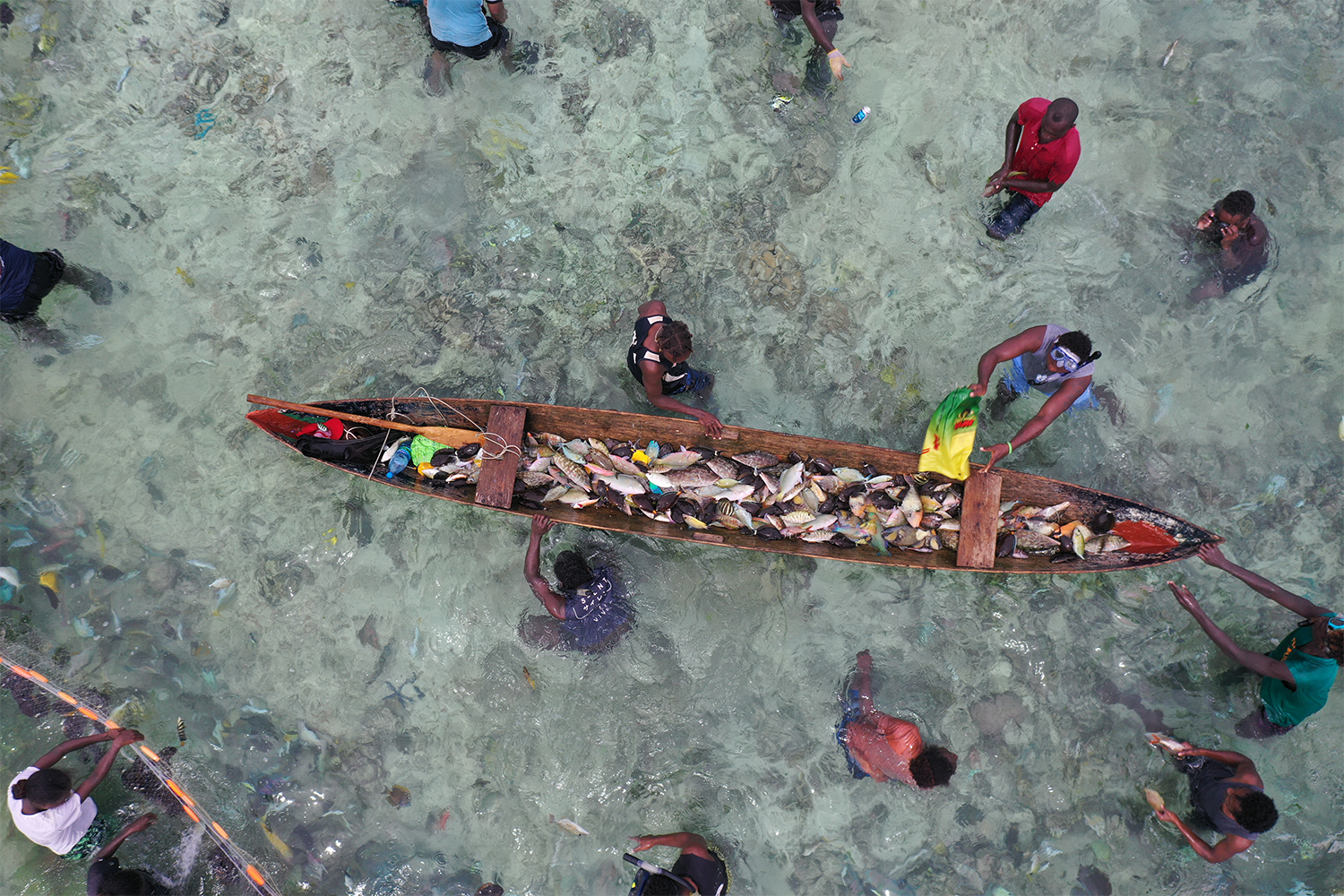
The fishing industry has long been a vital source of food and support for livelihoods for communities worldwide. However, with growing demand for seafood, declining fish populations and other issues, innovative solutions are becoming increasingly crucial.
One such solution is artificial intelligence, or AI, which is drawing attention as a powerful tool to improve fisheries management and pave the way for a stronger, healthier ocean.
The potential of AI is clear to Edwin van Helmond of Wageningen University and Research in the Netherlands, who is using this branch of computer science to address unwanted catches. He is part of the Fully Documented Fisheries (FDF) project, which is using an AI-based tool to improve the way EU fisheries manage and document their catches.
“EU fisheries are organized by the Common Fisheries Policy of the EU,” van Helmond told the Advocate. “Five years ago, the policy changed significantly when a landing obligation was introduced. This has impacted not only fisheries but also research, policies and the use of new technology for monitoring. It’s also been the main driver behind our work. Could we use AI to analyze data from cameras and monitor technology more efficiently?”
Under the new EU landing obligation, fishers must register all catches, including discards, and bring them ashore — time-consuming work that requires financial resources. The FDF project, which began four years ago, is leveraging AI to automatically recognize the size and species of fish, simplifying onboard catch documentation.
The tool is installed on beam trawlers and scans two conveyor belts in real-time before algorithms identify fish species, size and weight. It is also used to automatically register discards and remove the burden of discard registration from fishers. The project offers transparency, flexibility, efficient management and eases fishers’ workloads. As well as yielding valuable data for scientific research, stock estimation or policy making, another aim is to give fishers immediate feedback.
“If we take the data away, analyze it and provide feedback a week later, the moment is gone,” said van Helmond. “Fishers need to know what is happening and be able to respond the moment they pull their nets out of the water. We work with computers onboard vessels to provide an almost real-time catch analysis, within 10 minutes. In this way, fishers know exactly what’s on the conveyor belts immediately after hauling in their catches and can make decisions swiftly on how to avoid unwanted catch.”
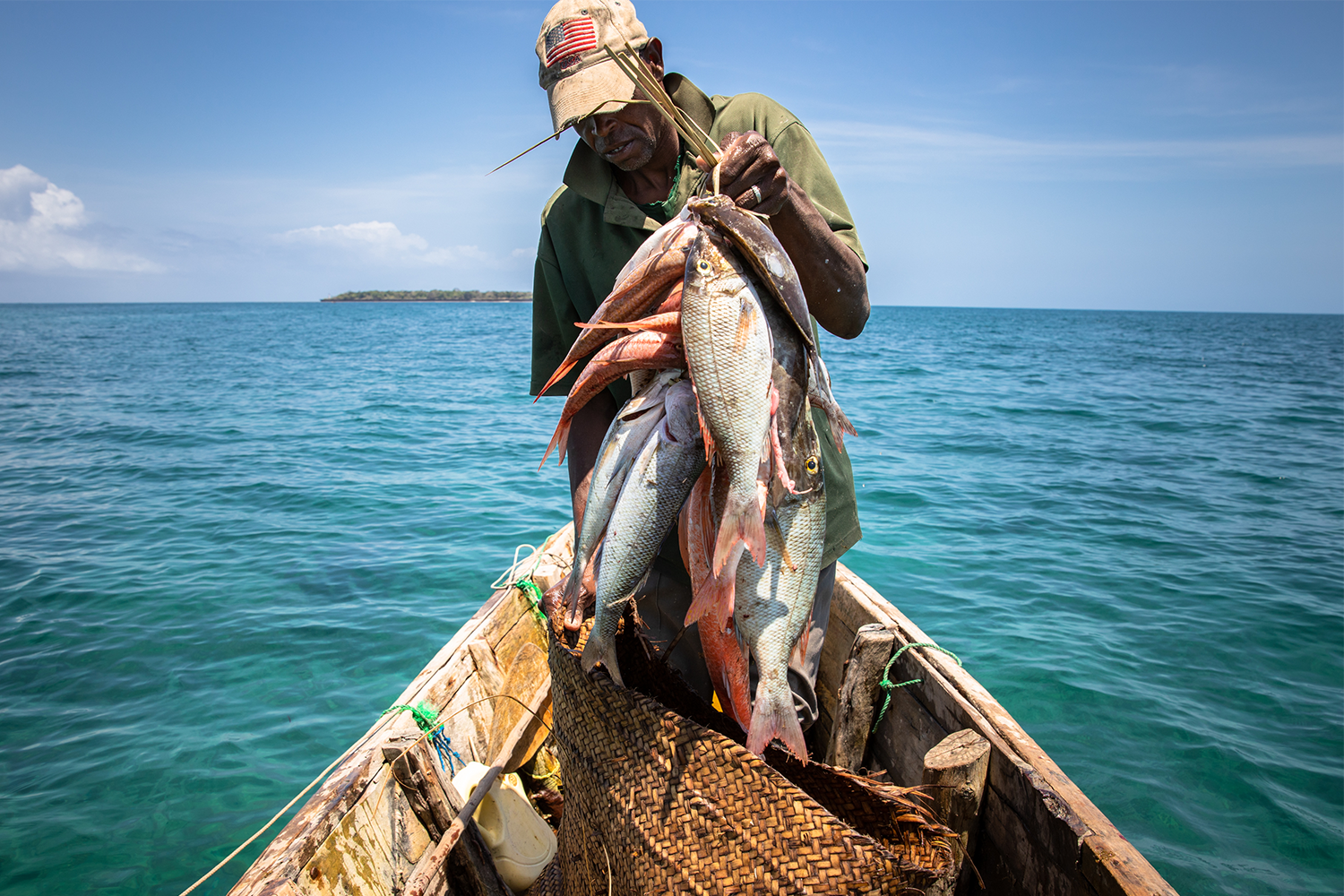
AI also extends beyond unwanted catches. In the Western Indian Ocean, another model is accurately estimating coastal fish stocks from land using satellite data. A team of researchers at the Wildlife Conservation Society (WCS) in the United States, Lancaster University in the UK, Macquarie University in Sydney, Australia, and ENTROPIE (IRD, University of La Reunion, CNRS, University of New Caledonia, IFREMER) developed the model, which estimates coral reef fish stocks with 85 percent accuracy.
“Some of the AI tools, methodologies and software, are not that new,” said Tim McClanahan, director of marine science at WCS. “They have developed over time before slowly trickling into different disciplines at different speeds. I’ve spent a lot of time gathering empirical data in areas where there wasn’t much, and knowing that AI tools already existed, I knew I could take advantage of them to make further use of the data that I’d gathered to improve predictions.”
McClanahan and his team focused on tropical reefs where there is a high dependency on fisheries. Using years of data, satellite measurements and an AI tool, the team developed a machine-learning model that looks for associations between data that drive fish biomass and subsequent yields, such as existing fisheries management systems, chlorophyll concentrations, distance from shore and water depth, and makes predictions on potential lost production and lost income. This enables fisheries to better understand and manage their oceans and obtain accurate fish stock estimates, both of which are critical for small-scale fishers that operate blindly with no real data about the status of fish in their fisheries.
Tool aims to predict effects of marine heatwaves, improve fisheries management
“Stock assessments are expensive, and wealthier countries like the U.S., EU countries, Asian countries and to some extent South Africa and South America, spend millions each year on efforts to count fish, calculate stocks and come up with empirical data,” said McClanahan. “On the other hand, artisanal fishers don’t produce on a scale that their governments would be interested in, as these governments don’t see the economic advantage. However, artisanal fishers depend on fishing for food and income and the high cost of stock assessments is a huge barrier to making good decisions. Because they don’t understand the status of their fish stocks and what their production levels are, they are losing a lot of money and food.”
Understanding fish stocks is also key to understanding the health of the ocean. Through the new AI model, McClanahan and his team aim to give people the information they need on the status of their fish resources and whether their fisheries need time to recover or not. McClanahan hopes that the information he gains through AI can also be used to coordinate different stakeholders toward designing solutions for better fish stocks and fisheries management.
… artisanal fishers depend on fishing for food and income and the high cost of stock assessments is a huge barrier to making good decisions. Because they don’t understand the status of their fish stocks and what their production levels are, they are losing a lot of money and food.
Back in the Netherlands, van Helmond believes that work such as his is just the beginning of AI’s promise. The FDF project is due to extend to vessels other than beam trawlers and to other EU countries including Denmark and Belgium. Although there will be challenges such as adapting to less space on the vessels or different catch compositions, van Helmond says that if his AI tool can advance to the point where it makes a wide array of assessments, it will help fishers in any area adjust their strategies and reduce the capture of undersized fish or non-target species.
“Installing cameras to monitor catch is more or less accepted and growing quickly, so using AI to analyze the data is the logical next step,” he said. “However, some areas require more research. For example, catches vary greatly depending on the vessel, season or conditions at sea. Human beings can adapt to that quickly, but computers can’t. Slight alterations in footage or catch composition may cause problems. We will only know more about this once we implement our AI tool on a wider scale. So far, we have done this on a limited number of vessels, so going from eight vessels to 80, for example, is a big operation. Add on harsh conditions at sea and it may be challenging for the system to keep up.”
McClanahan is also aware of AI challenges, one of which is getting the information and metrics data needed to have confidence in sharing and to make good decisions.
“We need AI to make better predictions for market dynamics, estimate production but above all, to give information to stakeholders that they consider useful rather than a bunch of statistics or hypothetical predictions,” he said. “Most people don’t want too much information. But what information do they want? What information needs to be analyzed at a particular point in time? How do we narrow this down? These are questions that still need to be worked out.”
The development of AI applications has accelerated in recent years, allowing for a better understanding of fisheries worldwide. Making the best of what they have to offer requires experts to transcend disciplinary boundaries and collaborate to provide value to ongoing fisheries management.
“Although there is much to keep in mind when integrating AI into fisheries operations, such as data issues or costs, the human element of effective coordination needs to be functioning too,” said McClanahan. “We need to take the information, improve predictions and usefulness while continuing to coordinate toward our goals.”
Now that you've reached the end of the article ...
… please consider supporting GSA’s mission to advance responsible seafood practices through education, advocacy and third-party assurances. The Advocate aims to document the evolution of responsible seafood practices and share the expansive knowledge of our vast network of contributors.
By becoming a Global Seafood Alliance member, you’re ensuring that all of the pre-competitive work we do through member benefits, resources and events can continue. Individual membership costs just $50 a year.
Not a GSA member? Join us.
Author
-

Bonnie Waycott
Correspondent Bonnie Waycott became interested in marine life after learning to snorkel on the Sea of Japan coast near her mother’s hometown. She specializes in aquaculture and fisheries with a particular focus on Japan, and has a keen interest in Tohoku’s aquaculture recovery following the 2011 Great East Japan Earthquake and Tsunami.
Tagged With
Related Posts
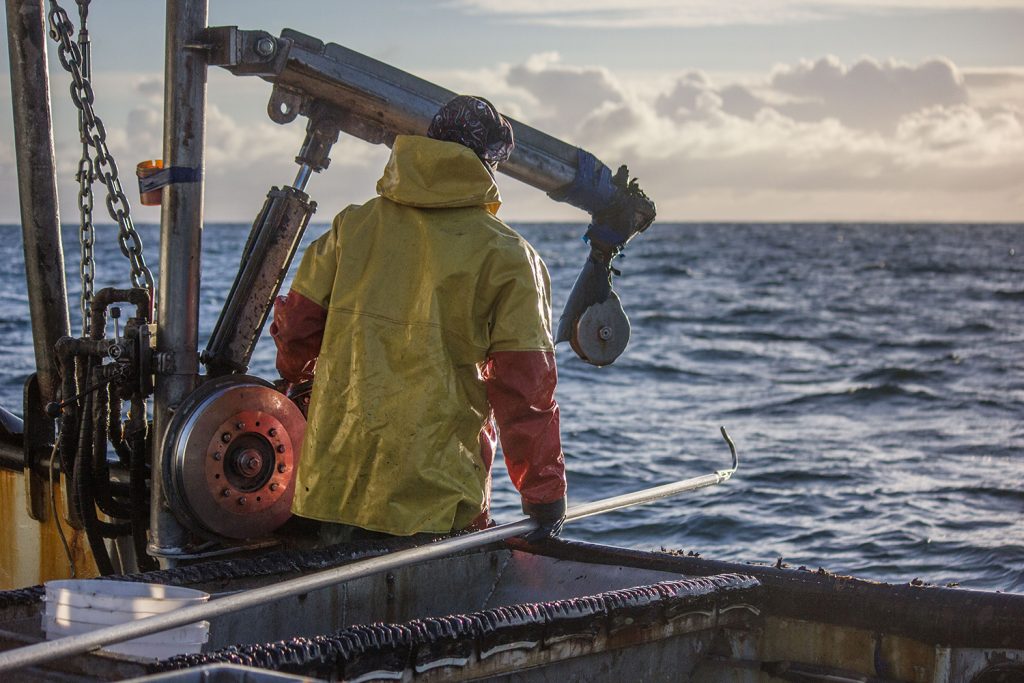
Fisheries
Artificial intelligence is already helping improve fisheries, but the trick is in training the tech
Artificial intelligence is providing valuable data to fisheries, cutting costs and the need for human review. Can the technology be perfected?
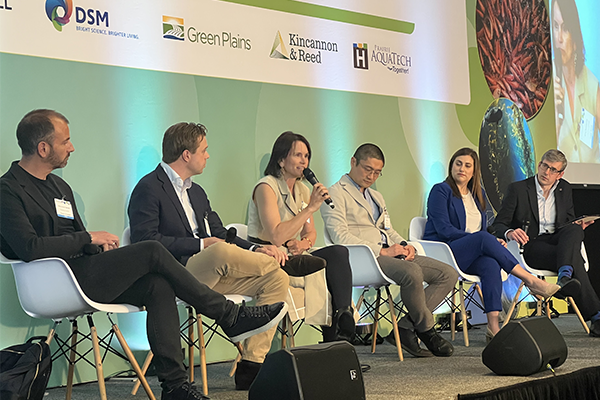
Innovation & Investment
‘We have 15 years to fix this planet’: Blue Food Innovation Summit explores potential of restorative aquaculture – and the challenges to scaling
At the Blue Food Innovation Summit, discussions centered on restorative aquaculture’s potential and financing the ocean’s capabilities.
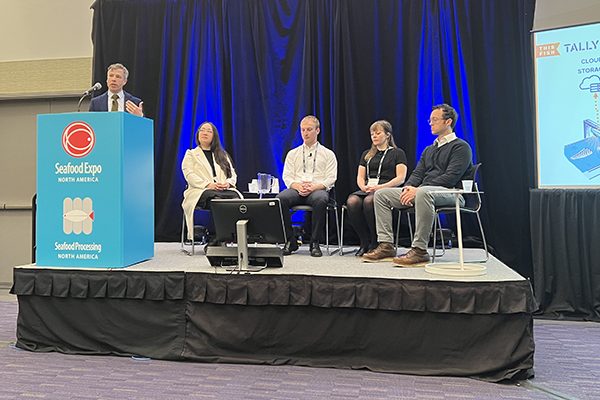
Intelligence
AI is becoming an ‘integral part’ of fisheries management and seafood processing
Artificial intelligence (AI) is playing a larger role in seafood, as data is at the heart of the so-called fourth industrial revolution.
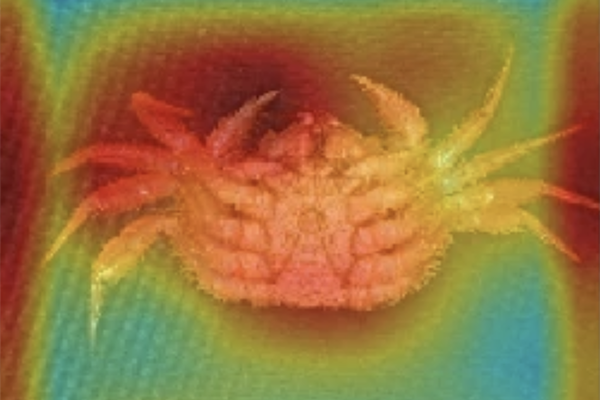
Fisheries
AI-powered crab gender identification could improve fishery management and conservation
An AI-powered model developed by researchers "vastly outperformed" humans in correctly identifying the gender of horsehair crabs.


